Experience of Using Ink Scraper in Gravure Packaging Gravure
3-Step Knife Sharpening System: With our incredible 3-slot system, we`re revolutionizing the art of knife sharpening! The 1st diamond sharpening rod repairs and straightens damaged blades before the 2nd slot sharpens to restore its V-shape. Finally, the 3rd slot fine tunes for a clean polish.
The squeegee plays a very important role in gravure printing. The correct use of the squeegee can not only make the ink color saturated, but also can minimize the accidents of printing quality.
When the gravure printer runs at a high speed driven by a motor, the squeegee blade also swings accordingly. Gravure machines produced by different manufacturers have different structures of the squeegee oscillating mechanism. For example, the YS620 rotary gravure printing machine used by our company's Guangdong Handan Light Industry Machinery Factory is driven by a special micromotor. The 800 gravure printing machine produced by Zhejiang Haining People's Machinery Factory is driven by a blade. Gear driven. No matter what kind of swing structure, it must achieve a purpose: scrape excess ink, and at the same time reduce the friction between the edge of the squeegee and the printing plate to prolong the service life of the squeegee and printing plate.
First, the choice of squeegee
If the squeegee does not have elasticity, it cannot be quickly returned to its original position, and it will also leave the knife wire, squeegee powder and copperplate powder produced on the stencil, which will greatly affect the color of the print.
The squeegee with a certain proportion of C, Cr, Mn, and Si should be used. The thickness of the squeegee is usually 0.1 to 0.18 mm. Squeegee is too thick to be elastic, scratching is not clean ink, the reaction on the prints, often showing a mist, not only affect the next color overlay, and the quality of the same batch of print before and after the difference will be very far.
If the scraper is too thin, the scraper will easily leave a mark on the plate. Under the effect of friction, the scraper will gradually wear, which will inevitably affect the quality of the printed product. We have noticed that when printing a large area of ​​full-scale white, vertical smears often occur with too thin doctor blades.
The hardness of the squeegee also affects the quality of the print. The scraper is iron, while the gravure is chrome plated on the copper drum. Since the hardness of copper is 200-300HV and the hardness of chromium is 700-900HV, it is better to choose a squeegee with a hardness of 450-600HV, so that the printing plate is not damaged. , it is not easy to leave a knife mark, you can also scrape off excess ink on the plate.
The edge of the scraper should be rounded, which is beneficial for protecting the printing plate. Because the surface of the printing plate is arc-shaped, if the blade edge of the blade is arc-shaped, it is not easy to damage the plate, and the ink is easily scraped to ensure that the non-graphic area is clean and does not stop ink. If the blade tip is flat, the flat blade edge is very sharp, which is not only easy to damage the plate, but also affects the squeegee effect, thus affecting the printing quality.
Second, the installation of squeegee
When a squeegee is installed, it is often supported by a secondary blade. The sub-blade is generally made of hard steel. The thickness of the sub-blade chosen by our company is 120 to 150 μm. The sub-blade is generally clamped in the middle of the squeegee by an 8# nut, about 8 mm from the back of the squeegee blade, and about 7 mm from the edge of the squeegee blade (the specific position should be determined by tests).
The scraper is installed so that the scraper is easily deformed and wavy. In high-speed printing, some places are scraped cleanly, and some places are not cleanly scraped, which not only affects the printing quality, but also causes the scraper to wear. The squeegee sticks out too short and lacks the necessary elasticity. It is necessary to increase the pressure to clean the non-graphical (non-cell) ink and also damage the printing plate. Therefore, proper installation of the scraper is critical and must be adjusted according to actual conditions.
The installation position of the squeegee (the distance between the contact point of the squeegee and the platen roller to the impression point of the platen roller and the platen roller) has a great influence on the quality of the printed product. Most gravure machines can adjust the blade up and down and back and forth by adjusting the adjustment nut of the secondary blade. If the adjustment is not good, the printed product will be dull and unclear. In the printing, dry printing, blocking printing, non-coloring, imaginary edges, and poor adhesion of the ink layer will occur. The position of the squeegee is related to the printing speed and the ink drying speed. The ink drying speed can be adjusted according to the printing speed, so the installation position of the squeegee should be adjusted according to the printing speed. A plate cylinder with a diameter of about 15 cm is generally used. When the speed is about 60 m/min, the distance between the squeegee and the embossing point is 6 cm. The printing speed is fast, the distance is far better, the printing speed is slow, and the distance should be closer.
Third, the use of squeegee
Before installing the squeegee, both the new blade and the old blade should be ground to ensure that they are not nicked and burr-free. The angle of the edge is preferably 25°. Our factory usually puts a few drops of engine oil on the whetstone for coarse grinding, and then uses 1000# water-resistant emery cloth to add a few drops of engine oil for fine grinding. Adding a few drops of oil can play a role in lubrication, reduce friction, grinding results are generally good, peers may wish to try.
Most printing companies often encounter the phenomenon of ink color or light or dark, especially when printing screen printing products. In addition to the ink transferability, the angle between the squeegee and the plate cylinder can not be ignored. Most gravure presses can choose from 45° to 65°. The angle is small, the color of the printing ink layer is deep, and the gloss is good, but the effect of scraping ink is poor, and the scraping is not easy and the graphic and text are blurred. However, if the angle is too large, the ink may not be transferred in the shallow part of the web, and the main pattern such as a hatched pattern will appear, but the shadow will not be printed. The solution is to adjust the position of the squeegee and increase the position of the tool holder so that the ink is completely transferred to the substrate.
To adjust to the best angle, consider the depth of the cell, the position of the doctor blade, and the printing speed. The net depth is too deep and the angle should be larger.
The squeegee pressure will also have a very important influence on the quality of the printed product. The pressure can be adjusted according to the depth of the cell and the graphic level. If the plate cylinder is too long and it is corroded, the pressure applied will be greater. Because the depth of the etched gravure mesh is deep, the edges of the pattern are prone to burrs. However, if the pressure is too high, it is easy to scrape off the ink from the shallow cells, resulting in partial printing on the shallow screen. Moreover, the excessive pressure will make the contact angle smaller, making it difficult to clean the excess ink on the plate, causing the ink under the blade to accumulate. Knife line. Under normal circumstances, a good working squeegee system, the contact angle of about 60 ° is appropriate.
Squeegee pressure is not too light, it will produce drag and other faults. The solution is to blow the air at the edge of the doctor blade, ie between the doctor blade and the printing plate, and use a special hair dryer.
After the squeegee is used for a period of time, burrs, cracks, etc. may occur. The squeegee cannot work effectively. At this time, it is necessary to sharpen or replace the new squeegee. In actual work, sometimes the scraper is cracked, and its service life can be extended by sanding or padding. This can save the cost of the scraper, and it can also solve the corresponding quality problems.
The squeegee should be kept clean and lubricated. The usual practice is:
(1) Used squeegee, clean with cloth and solvent. (2) Apply oil after drying, put it in a plastic bag, and keep it in a ventilated place. Polyester blades are usually coated with 6# motor oil. (3) Storage in categories for future use.
In summary, the correct selection and use of the squeegee is essential for improving the quality of gravure printing products. 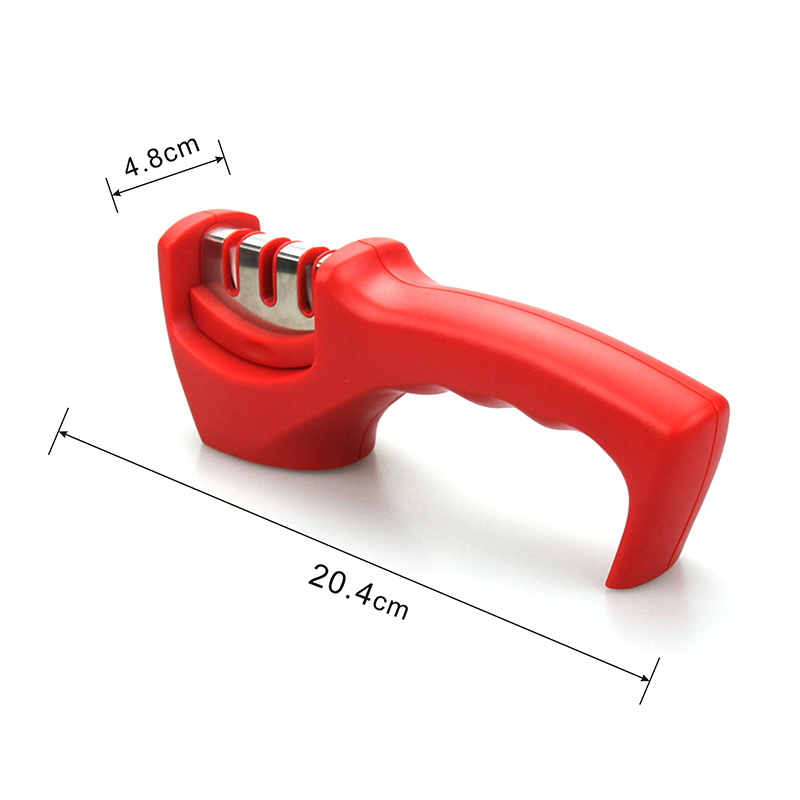
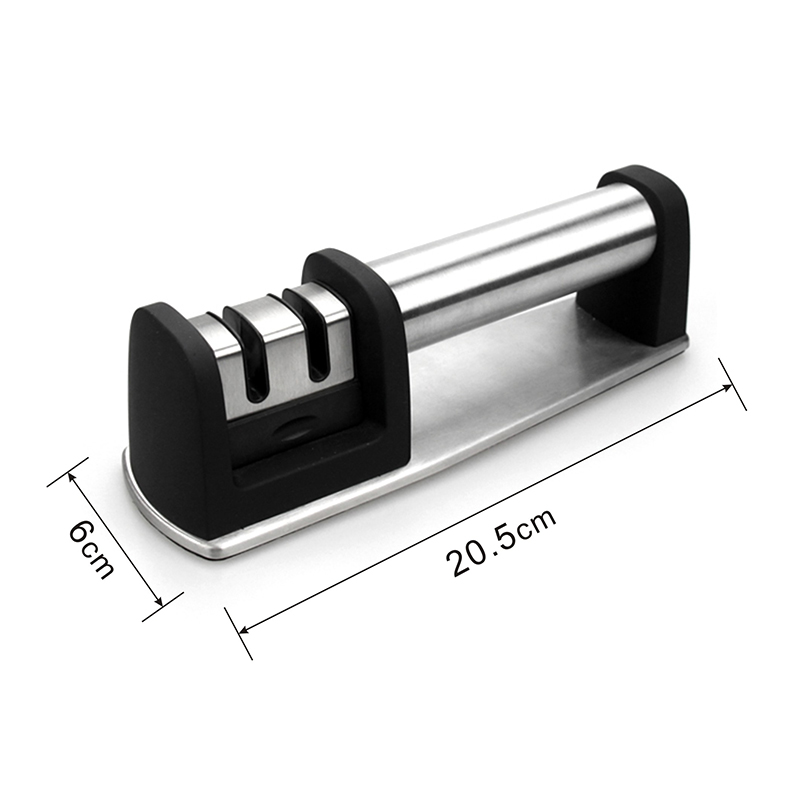
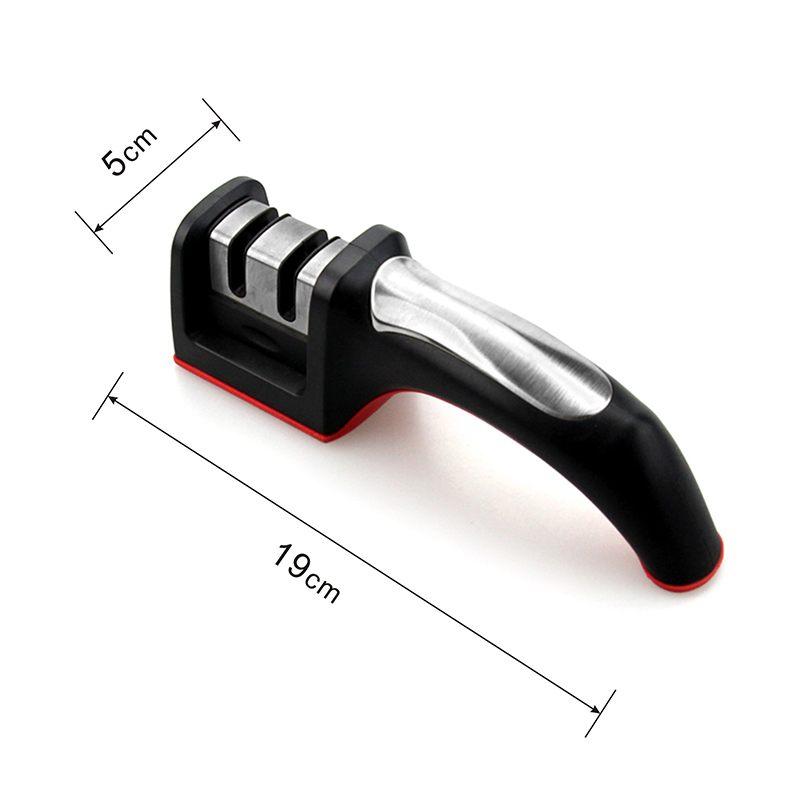
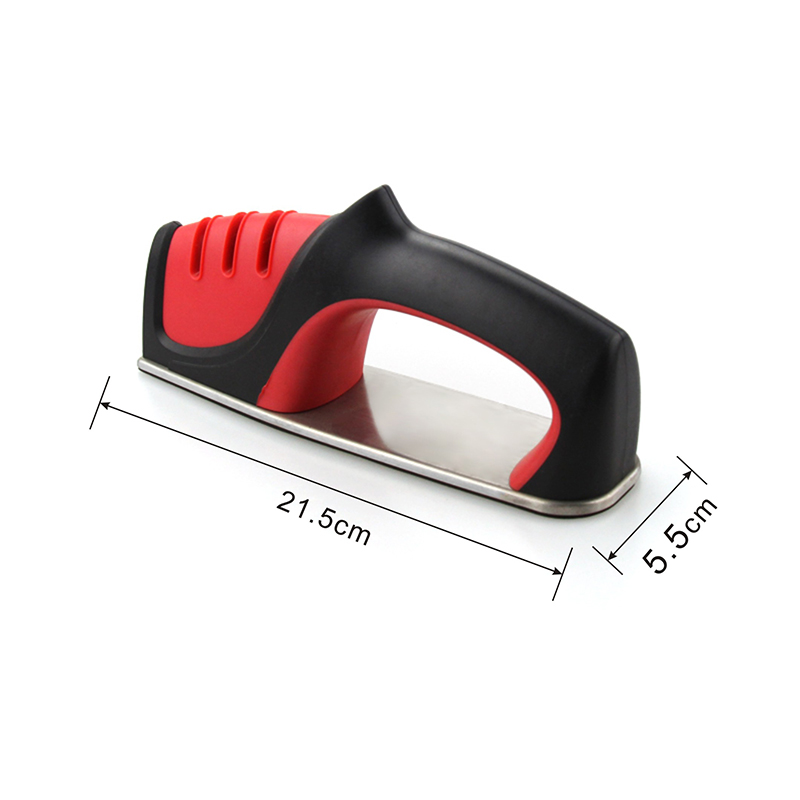
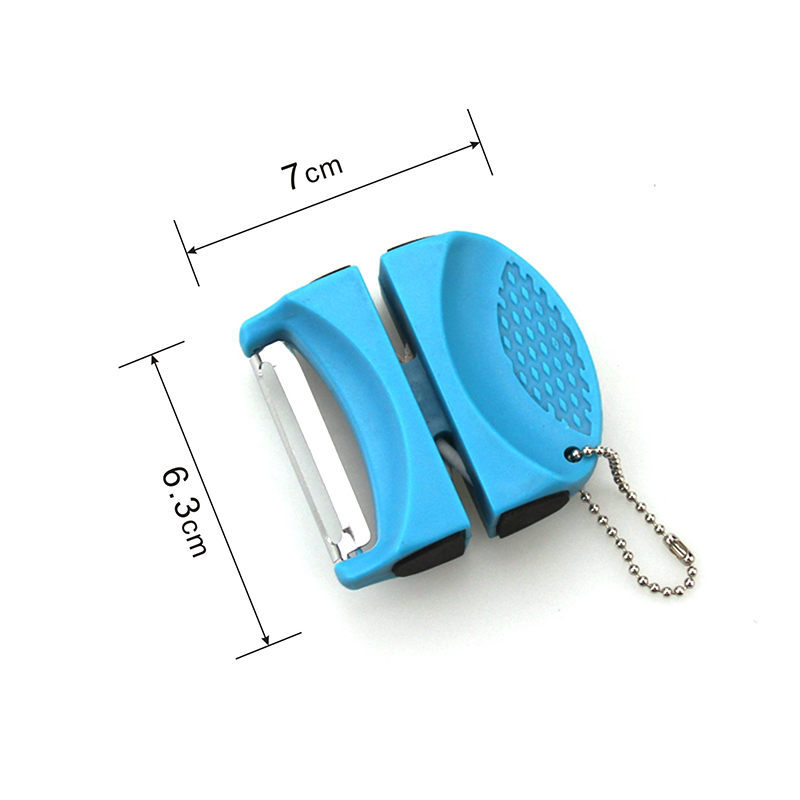
Knife Sharpener
Knife Sharpener,Hand Held Sharpener,Steel Knife Sharpener,Ceramic Knife Sharpener
YANGJIANG TOALLWIN TRADING CO., LTD , https://www.toallwin.com
